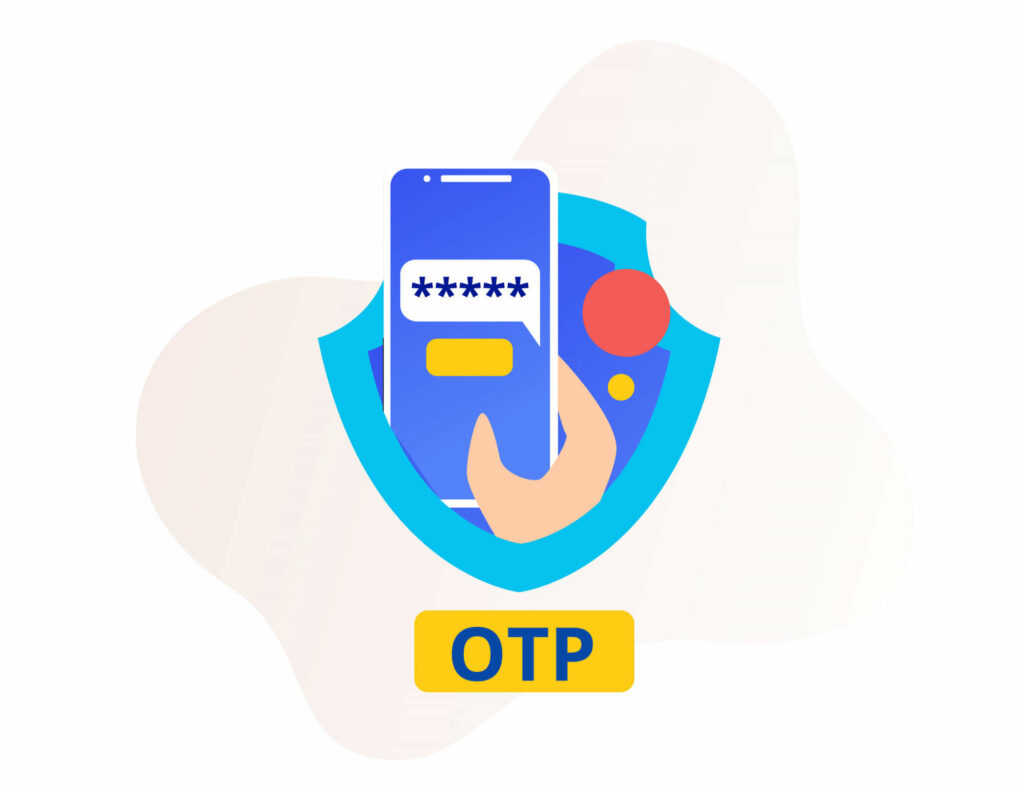In the rapidly evolving digital landscape, securing online transactions and user data has become a paramount concern. Cyber threats are more sophisticated and prevalent than ever, making traditional static passwords increasingly inadequate. One-Time Passwords (OTP) have emerged as a powerful tool in the arsenal of cybersecurity measures, offering a dynamic and robust layer of protection. This article explores the growing importance of OTPs, their functioning, and their role in safeguarding digital interactions.
What Are One-Time Passwords (OTP)?
A One-Time Password (OTP) is a unique, temporary code generated for a single login session or transaction. Unlike traditional passwords that remain constant until changed by the user, OTPs are generated in real-time and expire after a brief period or single use. This transient nature significantly enhances security by reducing the window of opportunity for malicious actors to exploit stolen passwords.

How Do OTPs Work?
The mechanism behind OTPs involves generating a password that is only valid for a specific transaction or login session. Here’s how the typical process unfolds:
- User Request: The user initiates a login or transaction.
- OTP Generation: The system generates a unique OTP using a cryptographic algorithm.
- OTP Delivery: The OTP is sent to the user via a pre-selected method (SMS, email, app).
- User Input: The user enters the received OTP into the system.
- Verification: The system verifies the OTP. If valid, the user is granted access.
Delivery Methods of OTPs
OTPs can be delivered through various channels, each with its benefits and drawbacks:
- SMS-Based OTP: The OTP is sent to the user’s registered mobile number via SMS. This method is widely used due to its simplicity and reach.
- Email-Based OTP: The OTP is sent to the user’s email address. This is useful for users who may not have immediate access to a mobile device.
- App-Based OTP: Applications like Google Authenticator, Microsoft Authenticator, or Authy generate OTPs on the user’s device, offering enhanced security and offline capability.
- Hardware Tokens: Physical devices that generate OTPs, often used in high-security environments like banking and enterprise networks.

Benefits of OTPs
- Enhanced Security: OTPs are dynamic and temporary, making them highly resistant to replay attacks and password theft.
- Reduced Phishing Risk: Even if an attacker intercepts an OTP, it cannot be reused, significantly mitigating phishing risks.
- User Convenience: OTPs are relatively user-friendly, especially with the proliferation of app-based generators that integrate seamlessly into users’ daily routines.
Challenges and Considerations
While OTPs significantly bolster security, they are not without challenges:
- Delivery Delays: OTPs sent via SMS or email can be delayed, causing frustration for users.
- Mobile Dependency: Users need access to their mobile devices to retrieve OTPs, which can be a limitation in certain situations.
- Phishing and Social Engineering: While OTPs reduce risk, they are not foolproof against sophisticated phishing attacks where users are tricked into providing their OTPs.
Future of OTPs in Cybersecurity
As cyber threats continue to evolve, so must our defenses. OTPs are a crucial component of multi-factor authentication (MFA) strategies that provide an additional security layer beyond traditional passwords. The future may see the integration of OTPs with biometric verification and other advanced technologies to create even more robust security frameworks.
Conclusion
One-Time Passwords (OTPs) are a critical tool in enhancing online security, providing a dynamic and temporary authentication method that significantly reduces the risk of unauthorized access. By integrating OTPs into their security protocols, organizations can better protect sensitive data and transactions, fostering a safer digital environment for users. As technology advances, OTPs will likely remain a cornerstone of cybersecurity strategies, continually adapting to meet the challenges of an ever-changing threat landscape.

